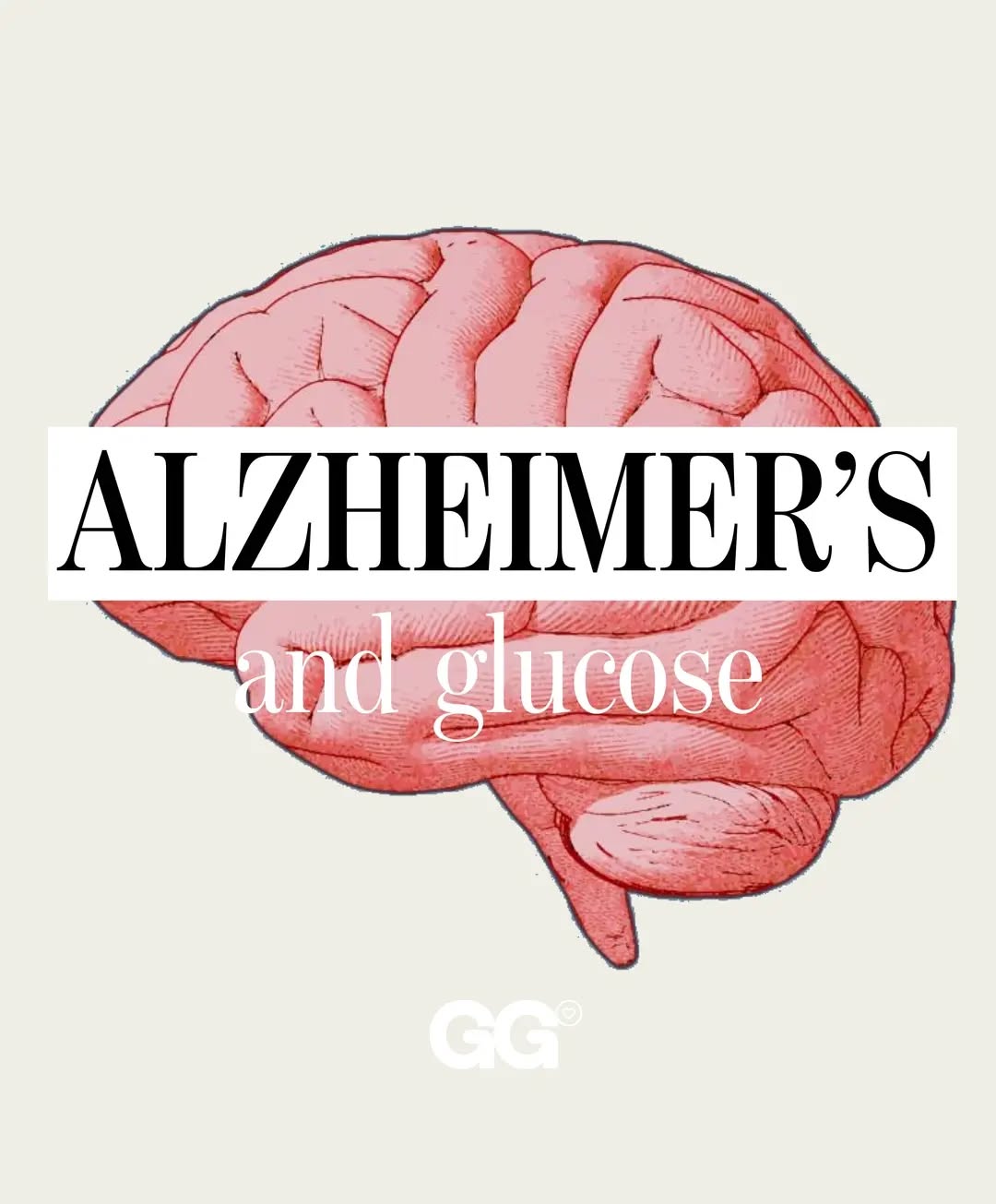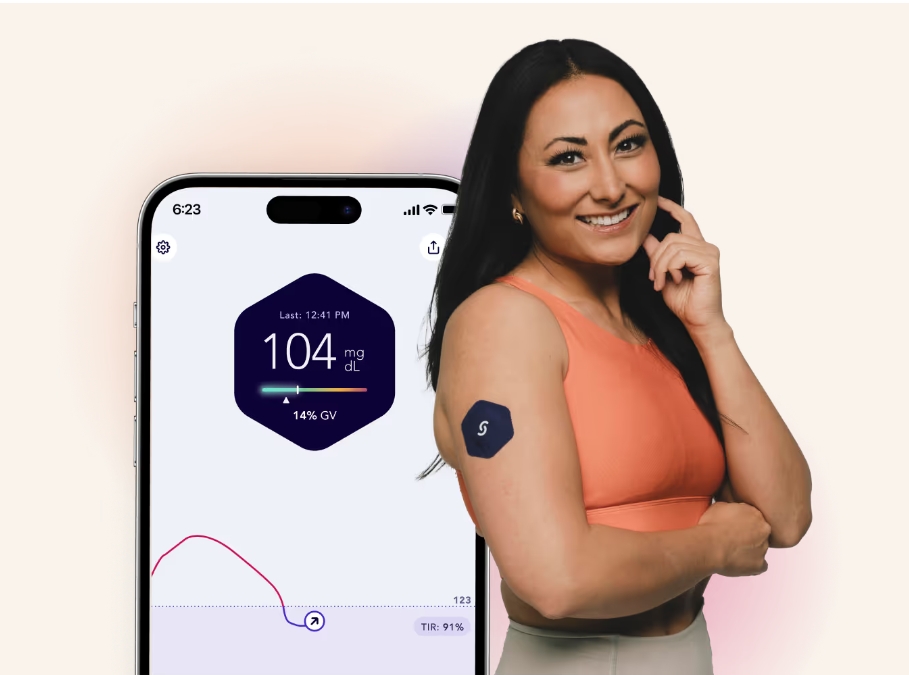Eight years into Alzheimer’s, our mom still walks miles, cracks jokes, and lives at home with our dad. But if we could go back to Day 1 of her diagnosis, we’d change one thing—check her blood sugar first.
What if we told you Alzheimer’s is sometimes called Type 3 Diabetes? That’s because blood sugar problems may fuel cognitive decline long before memory loss begins.
We hadn’t heard of Type 3 Diabetes when our mom was diagnosed with Alzheimer’s in 2019. But once we discovered the connection, everything changed.
- Damages blood vessels
- Triggers inflammation
- Frequent urination
- Fatigue after eating simple carbs (like pizza)
- Waking up multiple times a night
- Standard lab tests can miss insulin resistance. Our mom’s bloodwork looked fine, but real-time tracking told a different story.
- We could see exactly how her body reacted to food. Blood sugar spikes after meals? Confirmation.
- Until March 2024, CGMs required a prescription. However, you can now get one over the counter and track your blood sugar.
The More Stable Her Blood Sugar, the Sharper She Thinks
The biggest surprise? The more stable our mom’s blood sugar is, the more she is herself.
- On days when her blood sugar was steady, she was sharper, more engaged, and could follow conversations more easily.
- On days when her blood sugar spiked or crashed, she struggled more with confusion, word-finding, and memory lapses.
It wasn’t just about long-term brain health. We could see the difference in real-time.
That’s when it became clear: Alzheimer’s isn’t just a memory problem for our mom. It’s also a metabolic problem.
Could Insulin Resistance Be Affecting Your Loved One?
Looking back, we wish we had known how insulin resistance silently impacts brain health.
Signs to look for:
- Normal A1C and fasting glucose, but unexplained fatigue after eating.
- Frequent urination, even when well-hydrated.
- Brain fog, forgetfulness, and disrupted sleep patterns.
If these sound familiar, tracking blood sugar could give you answers.
- Try a CGM for one week – See how your body processes sugar in real time.
- Start paying attention to symptoms. Fatigue after eating, sugar cravings, and brain fog could be warning signs.
- Start your day with a savory breakfast—something high in protein, like eggs or Greek yogurt. It’ll help keep your blood sugar steady from the get-go. Then, pay attention to how you feel.






